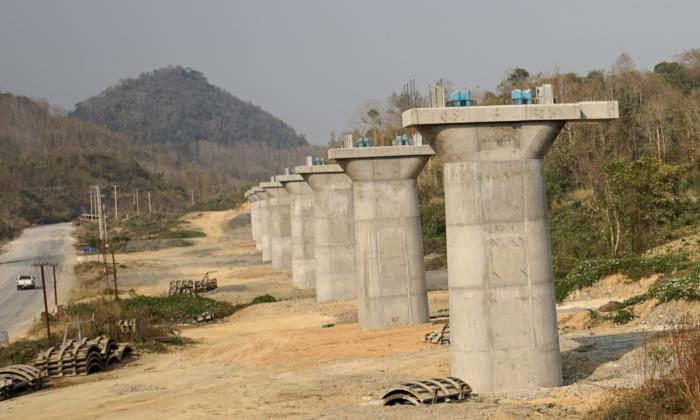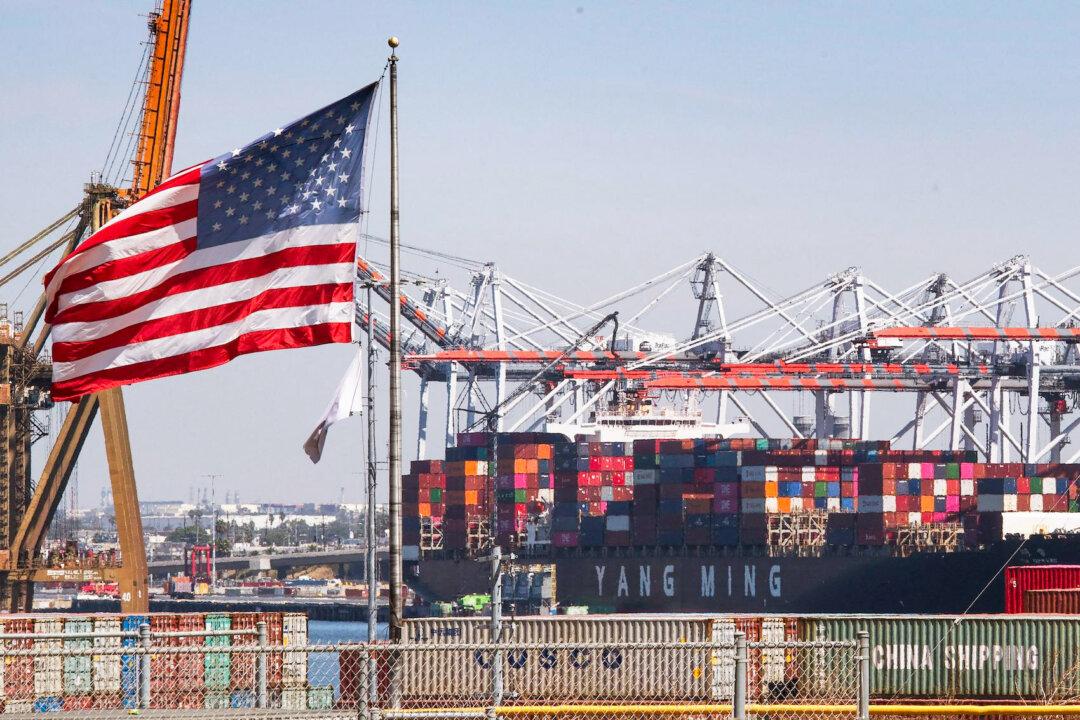The Chinese Communist Party (CCP) is making gains in the diplomacy and influence game in Latin America, but so is the United States, and it’s still too early to call a winner.
For example, during a meeting with Bolivia’s foreign minister, Chinese Foreign Minister Wang Yi emphasized the desire to strengthen China–Bolivia relations. Bolivia, with its significant economic ties to China, owes more than $1.7 billion in debt, highlighting the risks of aligning closely with Beijing.
The United States faces growing competition from China in Central America and South America, particularly as Chinese investments in energy and infrastructure challenge American dominance. The CCP has leveraged America’s trade threats, such as warnings of looming tariffs on Brazil, Mexico, and others, using these tensions to cultivate individual partnerships and offer an alternative source of economic support to Latin American nations.
China’s influence in the region has grown rapidly since the early 2000s, driven by significant investments in energy, infrastructure, and space sectors, particularly through its Belt and Road Initiative (BRI), also called “One Belt, One Road.” By 2021, trade between China and Latin America reached a record $450 billion. China is now South America’s top trading partner and the second largest for Latin America overall, after the United States.
Under the previous Biden administration, the United States viewed China as a strategic competitor in the region. However, the Trump administration recognizes the dangers of allowing Beijing to establish a foothold on the American continent. President Donald Trump views China’s activities in Latin America as a direct threat to U.S. security and economic interests, particularly its growing influence over critical infrastructure like the Panama Canal, through which 40 percent of U.S. goods pass. He even threatened to reclaim control of the canal if Panama didn’t reduce Chinese influence.
Additionally, Trump targeted Chinese trade practices with tariffs on steel and aluminum, accusing China of exploiting the USMCA (United States-Mexico-Canada Agreement) to bypass U.S. tariffs via Mexico. As a result, China’s investments in the region have been framed as part of a broader challenge to U.S. dominance and reinforcing Trump’s “America First” policies.
While China is making significant strides in Latin America, the United States has managed some key victories in the region, with several countries recognizing the risks of becoming too closely aligned with China. For example, Brazil, one of China’s most important regional partners and a BRICS member, opted out of the BRI. Additionally, Uruguay’s proposed free trade agreement with China has been stalled due to opposition from Mercosur members, primarily Brazil and Argentina.
At the December Mercosur summit, Uruguayan President Lacalle Pou called for transparency and open dialogue within the bloc regarding their positions on China. While Brazil, under President Luiz Inácio Lula da Silva, has renewed ties with China, and Argentina, under former President Alberto Fernández, sought to pause talks, Argentina’s current president, Javier Milei, has publicly stated his intention to shift the country away from China and toward the United States, although trade with China continues.
Uruguay remains focused on strengthening its economic relationship with China, while Paraguay, which leads Mercosur, maintains ties with Taiwan but acknowledges China as Uruguay’s biggest trading partner. This regional division highlights the complexities Uruguay faces in navigating trade and diplomacy with China, especially given Mercosur’s requirement for consensus on external negotiations.
Trump successfully maintained U.S. influence in several Latin American countries despite China’s growing presence. In Panama, after China sought to strengthen ties through the BRI, the Trump administration pressured Panama to scale back its partnership, particularly regarding the Panama Canal, leading Panama not to renew its participation in the BRI. Venezuela, too, aligned with Trump’s policies by accepting the return of illegal aliens, including gang members.
Similarly, Colombia agreed to accept the return of illegal aliens, further demonstrating the United States’ influence. Despite growing ties with China, Colombia continued to align with the United States on security issues such as counter-narcotics and military cooperation. The Colombian government also expressed skepticism about joining the BRI, showing caution in deepening its relationship with Beijing.
In countering the CCP in Latin America, the Trump administration is poised to secure victories, as the United States retains a strategic advantage through crucial trade and defense ties with many countries in the region. Growing concerns over debt burdens and the one-sided nature of many Chinese agreements are prompting some nations to reconsider their alliances. Additionally, skepticism exists due to fears of losing sovereignty and becoming overly reliant on China.
As these issues gain prominence, the United States is well-positioned to leverage China’s economic challenges, reinforcing its longstanding presence and interests in the region.







